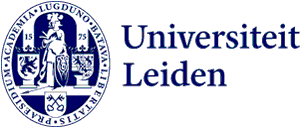Conference | Workshop
Who did all the work? The hidden labour of colonial science
- Date
- Friday 2 February 2024
- Time
- Address
-
Gravensteen
Pieterskerkhof 6
2311 SR Leiden - Room
- 1.11
In collaboration with: NWO
In recent decades, researchers working on the history of science and empire have gained increasing interest in the role played by invisible laborers in the production of scientific knowledge. The myth of the lone scientific explorer, setting out into untamed wilderness, has not withstood scrutiny. A richer image of scientific practice has emerged, which highlights contributions of collectors, hunters, informants, guides and many others to scientific ventures.
The aim of this workshop is to present the latest work on the role of laborers, go-betweens, assistants and informants in the history of colonial science, with a focus on the Dutch East Indies and the late modern period. Key research questions include: what was the role of non-European people in the colonial field sciences in general and in knowledge creation in particular? Who were these people and what were their skills and insights? How can we read publications and archives to bring forward their participation? And what do we know about their conceptions of nature and culture?
The project team of the “Who did all the work” project will use this workshop to present their database of hidden labourers in anthropology, natural history and geology in the Dutch East Indies from 1890 to 1962, which facilitates future research into such questions. They will also present new accounts of anthropological informants, bird traders, Dayak jungle and river expertise, and the work of Buitenzorg mantri’s in natural history. Other experts will share their research on hidden labour, colonial science and Javanese conceptions of wildlife.
Program
Please find the program here.
Register
Everyone is welcome. Please register by sending an email to t.c.j.niederer@uu.nl.

